Electromagnetics Blog Posts
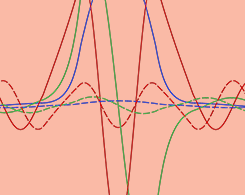
Learning Quantum Mechanics Concepts with Double-Barrier Structures
Quantum mechanics is a notoriously difficult subject to learn — and teach. Modeling a double-barrier structure is an effective way to teach quantum mechanics concepts to physics students.
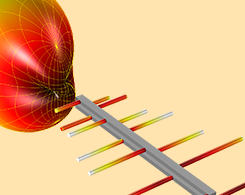
Designing Accurate EMC/EMI Testing Equipment with RF Modeling
EMI/EMC testing is used to ensure that various products, processes, and systems meet standard compliance requirements. RF modeling can be used to design equipment for accurate analyses.
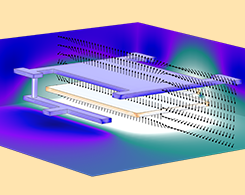
How to Create Electrostatics Models with Wires, Surfaces, and Solids
Here’s a guide to building models that combine wires, surfaces, and solids using the electrostatics features based on the boundary element method that are available with the AC/DC Module.
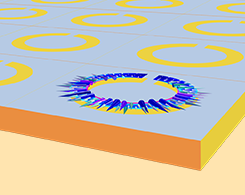
Streamlining the Design of Frequency-Selective Surfaces
If you want to improve the frequency response of a frequency-selective surface, you have many options for methods. 1 method streamlines what can be a complex process: simulation applications.
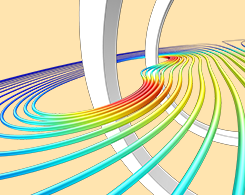
Simulating Helmholtz Coils in COMSOL Multiphysics®
Electromagnetics simulation simplifies the process of constructing a Helmholtz coil and calculating its magnetic field to ensure the fields are uniform, which is important for a variety of uses.
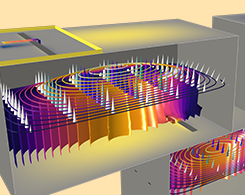
Introduction to Designing Microwave Circuits Using EM Simulation
When it comes to designing RF, microwave, and millimeter-wave circuits with electromagnetics simulation, the key is to start simple and gradually add complexity to your analyses.
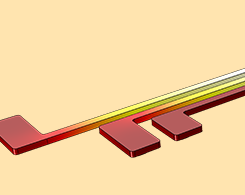
Optimizing the Design of Thermal Actuators for Use in Microsatellites
Microsatellites are replacing traditional large satellites in aerospace missions for gathering scientific data. Using simulation, we can optimize an important component of these devices.
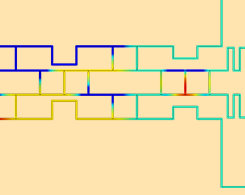
Designing a Butler Matrix Beamforming Network with RF Modeling
Check out a tutorial model with implications in developing the 5G mobile network: Butler matrix beamforming networks, which can be combined with phased array antennas for wireless communication.
